Referenceerror: Fetch Is Not Defined
The Fetch API is a powerful feature in modern JavaScript that allows you to make asynchronous requests to web servers. It provides a modern alternative to XMLHttpRequest, making it easier to send and receive data from a server. However, if you encounter the error message “ReferenceError: fetch is not defined,” it means that the Fetch API is not recognized in the current environment.
Causes of the Fetch Error: ReferenceError: fetch is not defined
1. Outdated Browser:
The Fetch API is not supported in older browsers, including Internet Explorer versions 11 and below. These browsers do not have native support for the Fetch API, resulting in the “fetch is not defined” error.
2. Unsupported Node.js Environment:
If you encounter this error while running code on the server-side with Node.js, it could be because the version of Node.js you are using does not have support for the Fetch API. The Fetch API is only available starting from Node.js version 11.0.0.
Potential Solutions for the Fetch Error: ReferenceError: fetch is not defined
1. Checking Browser Compatibility for Fetch API:
To solve this issue in a browser-based JavaScript environment, you need to ensure that the browser supports the Fetch API. You can use the caniuse.com website or consult the browser compatibility chart on the MDN web docs to determine which versions of each browser support the Fetch API. If you find that the target browser does not support the Fetch API, you can consider using a polyfill or a library that provides similar functionality.
2. Importing or Polyfilling Fetch API to Resolve the Error:
In a browser environment, you can use a polyfill like “whatwg-fetch” to add support for the Fetch API in browsers that do not natively support it. To add the polyfill, you can simply include the following line of code before using the Fetch API:
import ‘whatwg-fetch’;
Alternatively, you can use a library like Axios or jQuery’s $.ajax to make HTTP requests, as they provide a more consistent and cross-browser compatible API.
3. Updating Node.js Environment for Fetch API:
If you encounter the “fetch is not defined” error while using the Fetch API in Node.js, you need to check your Node.js version. If you are using a version earlier than 11.0.0, you will need to update Node.js to a newer version that supports the Fetch API.
4. Verifying Network Connectivity for Fetch API:
Sometimes, network issues can cause the Fetch API to fail, resulting in the “fetch is not defined” error message. Ensure that your network connection is stable and that the target server is reachable before making requests using the Fetch API.
Troubleshooting Fetch Error: ReferenceError: fetch is not defined
If you have followed the potential solutions mentioned above and are still encountering the “ReferenceError: fetch is not defined” error, consider the following troubleshooting steps:
1. Double-check your code for any typos or syntax errors. A simple mistake can cause the Fetch API to not be recognized.
2. Ensure that you have correctly imported any required modules or dependencies for fetch. For example, in Node.js, you need to install the “node-fetch” package and require it in your code.
3. Verify that you are using the correct syntax for making fetch requests. Ensure that you are providing the correct URL and HTTP method (GET, POST, etc.) as well as any required headers or payload data.
4. Check for any conflicting libraries or dependencies that may be interfering with the Fetch API. Some libraries, especially older ones, may override or modify the global fetch function, leading to conflicts and errors.
Common Mistakes and Tips to Avoid ReferenceError: fetch is not defined
1. Using fetch as a global variable without importing it or including a polyfill library can lead to the “fetch is not defined” error. Always ensure that you have properly imported or polyfilled the Fetch API before using it.
2. If you are using a bundler like Webpack or Parcel, make sure that you have included the necessary configuration to handle the Fetch API. Some bundlers require additional setup to handle modules like fetch correctly.
3. If you are testing your code with Jest, ensure that you have proper configuration for fetch. Jest uses JSDom, which does not include the Fetch API by default. You can use libraries like “jest-fetch-mock” to create mock fetch implementations for testing.
4. Consider using a modern JavaScript framework or library that provides built-in HTTP request capabilities, such as Axios or the fetch API polyfill, rather than relying solely on the Fetch API. This can help streamline your development process and mitigate potential compatibility issues.
In conclusion, encountering the “ReferenceError: fetch is not defined” error message indicates that the Fetch API is not recognized in the current environment. By following the potential solutions and troubleshooting steps mentioned above, you will be able to resolve this error and successfully utilize the Fetch API in your JavaScript applications.
How To Fix Referenceerror: Fetch Is Not Defined
Keywords searched by users: referenceerror: fetch is not defined node-fetch, Fetch is not defined, Fetch is not defined nodejs, Jest-fetch is not defined, node-fetch npm, Import fetch javascript, NodeJS, Fetch is not a function javascript
Categories: Top 51 Referenceerror: Fetch Is Not Defined
See more here: nhanvietluanvan.com
Node-Fetch
Node-fetch is a powerful and efficient JavaScript library that provides a simple and straightforward way of making HTTP requests in a Node.js environment. It allows developers to easily retrieve data from web resources, such as APIs or websites, and is commonly used for tasks like fetching data, downloading files, or even web scraping. In this article, we will dive into the features and capabilities of node-fetch, exploring its benefits and providing in-depth insights into its usage.
Getting Started with Node-fetch
To begin using node-fetch, you first need to install it as a dependency in your Node.js project. You can easily achieve this by running the following command in your command-line interface:
“`bash
npm install node-fetch
“`
Once installed, you can import the library into your Node.js code using a require statement:
“`javascript
const fetch = require(‘node-fetch’);
“`
Now, you are ready to start making HTTP requests using node-fetch.
Making HTTP Requests with Node-fetch
Node-fetch simplifies the process of making HTTP requests by providing a fetch function that mirrors the Fetch API available in web browsers. The fetch function takes in a URL as its first parameter and returns a Promise that resolves to the response of the request.
Let’s take a closer look at an example of making a simple GET request using node-fetch:
“`javascript
fetch(‘https://jsonplaceholder.typicode.com/posts’)
.then(response => response.json())
.then(data => console.log(data))
.catch(error => console.error(error));
“`
In this example, we retrieve a list of posts from a mock REST API. The fetch function takes the API URL as an argument and returns a Promise. We then use the response.json() method to parse the response as JSON and log the resulting data to the console. Any errors during the request are caught using the catch method, allowing for proper error handling.
Customizing Requests with Options
Node-fetch also provides a range of options for customizing requests. For instance, you can specify the HTTP method, set custom headers, or even send data in the request body. Here’s an example that demonstrates setting a custom header and sending a POST request:
“`javascript
const options = {
method: ‘POST’,
headers: {
‘Content-Type’: ‘application/json’,
‘Authorization’: ‘Bearer
},
body: JSON.stringify({ title: ‘New Post’, content: ‘Lorem ipsum dolor sit amet.’ }),
};
fetch(‘https://jsonplaceholder.typicode.com/posts’, options)
.then(response => response.json())
.then(data => console.log(data))
.catch(error => console.error(error));
“`
In this example, we define an options object that includes the HTTP method (POST), custom headers (Content-Type and Authorization), and the request body, which is stringified JSON data. By altering these options, you can easily adapt your requests to fit your specific requirements.
Frequently Asked Questions (FAQs)
Q: Is node-fetch compatible with both the browser and Node.js environments?
A: While node-fetch is primarily intended for use in Node.js, it can also be used in web browsers with the help of bundlers like webpack or Browserify.
Q: Does node-fetch support authentication mechanisms like OAuth?
A: Yes, node-fetch allows you to set custom headers, making it compatible with various authentication mechanisms, including OAuth. You can easily include an Authorization header in your requests to provide the necessary authentication tokens.
Q: How does node-fetch handle cookies and sessions?
A: By default, node-fetch does not handle cookies or sessions automatically. If you need to work with cookies, you can utilize the `fetch-cookie` library, which extends node-fetch to support cookie handling.
Q: Can I download files using node-fetch?
A: Yes, node-fetch can be used to download files by making a GET request to the URL of the file. The response can then be streamed to a file using the `fs` module or processed in any other way you desire.
Q: Is node-fetch suitable for web scraping tasks?
A: Absolutely! Node-fetch is commonly used for web scraping in Node.js due to its simplicity and versatility. You can fetch HTML content from web pages and then use tools like Cheerio or JSDOM to parse and manipulate the retrieved data.
Conclusion
Node-fetch is an incredibly useful JavaScript library for making HTTP requests in Node.js. It simplifies the process of fetching data from web resources and provides an extensive list of options for customization. Whether you need to fetch data from APIs, download files, or scrape web pages, node-fetch is a reliable and efficient choice. By exploring the features and capabilities highlighted in this article, you’ll be well-equipped to leverage the full potential of node-fetch in your Node.js projects.
Fetch Is Not Defined
Introduction (Introduction to Fetch and the problem statement)
When it comes to JavaScript programming, one of the most common and perplexing errors that developers encounter is the dreaded “Fetch is not defined” error. Understanding this error is crucial, as it signifies a roadblock in utilizing the powerful Fetch API, which handles HTTP requests and promises data retrieval from servers. In this article, we delve into the root causes behind this error, explore possible solutions, and provide clarity to those struggling with this frustrating hurdle in their projects.
I. Understanding the “Fetch is not defined” error
1. Fetch API and its role in modern web development
The Fetch API has become an indispensable tool in modern web development, allowing developers to send and receive resources asynchronously between a web client and a server. Fetch provides a more flexible and efficient alternative to the traditional XMLHttpRequest, making it widely adopted for handling network requests.
2. Meaning of “Fetch is not defined”
The error message itself, “Fetch is not defined,” is an indication that the Fetch API is not recognized or accessible within the current scope of the code execution. This typically arises from one of two primary causes: missing or outdated dependencies, or a lack of browser support for Fetch.
II. Common Causes of “Fetch is not defined” Error
1. Missing dependencies or incorrect usage
– Failure to import the Fetch API: The Fetch API must be imported correctly before it can be used to initiate requests. Ensure that the import statement is present at the beginning of your JavaScript file or module, like so:
“`
import fetch from ‘fetch’;
“`
– Incorrectly declared module type: If using a module bundler like Webpack or Browserify, ensure that you have defined your project’s module type correctly in the respective configuration file, according to the bundler’s guidelines.
2. Browser compatibility and polyfills
– Browser support limitations: Fetch is a relatively newer API that may not be supported by older browsers. Compatibility issues may arise if attempting to use Fetch without considering browser support.
– Lack of polyfills: To bridge the gap between unsupported browsers and the Fetch API, one must employ polyfills. These polyfills emulate the functionalities of Fetch for browsers that do not inherently support it.
III. Resolving the “Fetch is not defined” Error
1. Update dependencies and imports
– Confirm correct installation of dependencies: Verify that the required packages, particularly the appropriate Fetch API package, are properly installed and configured in your project.
– Update packages: Check for any available updates to the packages used for the Fetch API. Update them to the latest versions, ensuring compatibility with your codebase.
2. Implement polyfills for broader browser compatibility
– Polyfill libraries: Utilize popular polyfill libraries like `whatwg-fetch` or `isomorphic-fetch` to enable Fetch support in older or unsupported browsers. Include the respective polyfill library at the beginning of your script or module file.
IV. FAQs
Q1. What browsers support Fetch?
Fetch is natively supported in modern browsers, including Chrome, Firefox, Safari, and Edge. However, support for Fetch may vary depending on the browser version. Refer to the official documentation or browser support tables for exact details.
Q2. How can I check if a browser supports Fetch?
To check if a browser supports Fetch, you can simply check if the `fetch` function is defined in the global scope. For example:
“`
if (typeof fetch === “function”) {
// Fetch is supported
} else {
// Handle alternative method for making requests
}
“`
Q3. Can I use Fetch without polyfills?
If you are targeting modern browsers that fully support Fetch, you can use it without employing polyfills. However, if your application must cater to a wide range of browsers, it is recommended to use polyfills to ensure consistent functionality.
Q4. Which polyfill library should I choose?
The choice of polyfill library depends on various factors, including your project’s specific needs and existing dependencies. Popular options include `whatwg-fetch` and `isomorphic-fetch`. Evaluate the features, community support, and compatibility of each library before making a decision.
Conclusion
The “Fetch is not defined” error is a common stumbling block for JavaScript developers working with the Fetch API. By understanding the causes and solutions behind this error, you can overcome this obstacle with confidence. From importing the Fetch API correctly to incorporating polyfills for wider browser support, the resolution lies in ensuring proper configuration and compatibility. Embrace the power of Fetch and leverage its potential to transform the way your web applications interact with server resources.
Fetch Is Not Defined Nodejs
Node.js is an open-source, cross-platform JavaScript runtime environment that allows developers to build scalable and high-performance applications. It utilizes an event-driven architecture and a non-blocking I/O model, making it an ideal choice for server-side development. However, when working with Node.js, developers may encounter various challenges, one of which is the “Fetch is not defined” error. In this article, we will explore the causes behind this error and provide solutions to help you overcome it.
What is Fetch in Node.js?
Fetch is a web API that provides a modern and flexible way to make asynchronous HTTP requests in browsers. It is often used to fetch data from external resources such as APIs. However, Node.js does not natively support the fetch function, which is why you encounter the “Fetch is not defined” error.
Causes of the “Fetch is not defined” Error
There are several reasons why you might encounter this error in your Node.js application:
1. Missing Dependency: Unlike in a browser environment, Node.js does not have the fetch API built-in. Therefore, you need to install a separate package, such as “node-fetch” or “isomorphic-fetch,” to use fetch functionality.
2. Incorrect Import: If you have installed the fetch package correctly but still receive the error, it’s likely due to an incorrect import statement. Make sure you are importing the fetch function properly using the appropriate syntax.
3. Unavailable on the Server Side: Fetch is primarily designed for browser-based JavaScript, where it interacts with the DOM. However, Node.js runs on the server-side, and there is no DOM available. As a result, fetch cannot be used natively in Node.js.
Solutions for the “Fetch is not defined” Error in Node.js
Now that we understand the causes behind the error, let’s explore some solutions to resolve it:
1. Install a Fetch Polyfill: As mentioned earlier, Node.js does not natively support fetch. To overcome this limitation, you can install a fetch polyfill package. These polyfills emulate the behavior of fetch and provide a similar API. Popular options include “node-fetch” and “isomorphic-fetch.” Install the package using npm and require it in your code to use fetch functionality.
2. Use Axios or Request Library: Axios and Request are popular HTTP client libraries in the Node.js ecosystem. Instead of using fetch, you can leverage the capabilities provided by these libraries to make HTTP requests in your Node.js application. Both libraries offer a simple API and can handle requests in a node environment seamlessly.
3. Implement a Custom Fetch Function: If you prefer not to rely on external dependencies, you can implement a custom fetch-like function in your Node.js code. This custom function can utilize modules such as “http” or “https” to handle HTTP requests manually. While this approach may require more effort, it allows you to have full control and avoid additional installments.
FAQs:
Q1. Can I use fetch in Node.js without a polyfill or library?
A1. No, fetch is not available natively in Node.js. You need to either use a fetch polyfill or leverage an HTTP client library like Axios or Request.
Q2. How do I install the “node-fetch” package?
A2. To install the “node-fetch” package, open your terminal or command prompt and run the following command: “npm install node-fetch”
Q3. Do I need to modify my existing fetch code when using a fetch polyfill?
A3. In most cases, you won’t need to modify your existing fetch code. Fetch polyfills are designed to provide a compatible API, so your code should work seamlessly with them.
Q4. What’s the difference between fetch and Axios/Request?
A4. Fetch and Axios/Request are both HTTP client libraries, but they have different features and capabilities. Fetch is a web API and works natively in browsers, while Axios and Request are specifically designed for server-side Node.js applications.
In conclusion, the “Fetch is not defined” error in Node.js occurs when trying to use fetch in a server-side environment where it is not natively available. By installing a fetch polyfill, using an HTTP client library like Axios or Request, or implementing a custom fetch-like function, you can overcome this error and continue making HTTP requests in your Node.js application. Choose the solution that best suits your needs and preferences and enjoy building robust and performant applications with Node.js.
Images related to the topic referenceerror: fetch is not defined

Found 6 images related to referenceerror: fetch is not defined theme



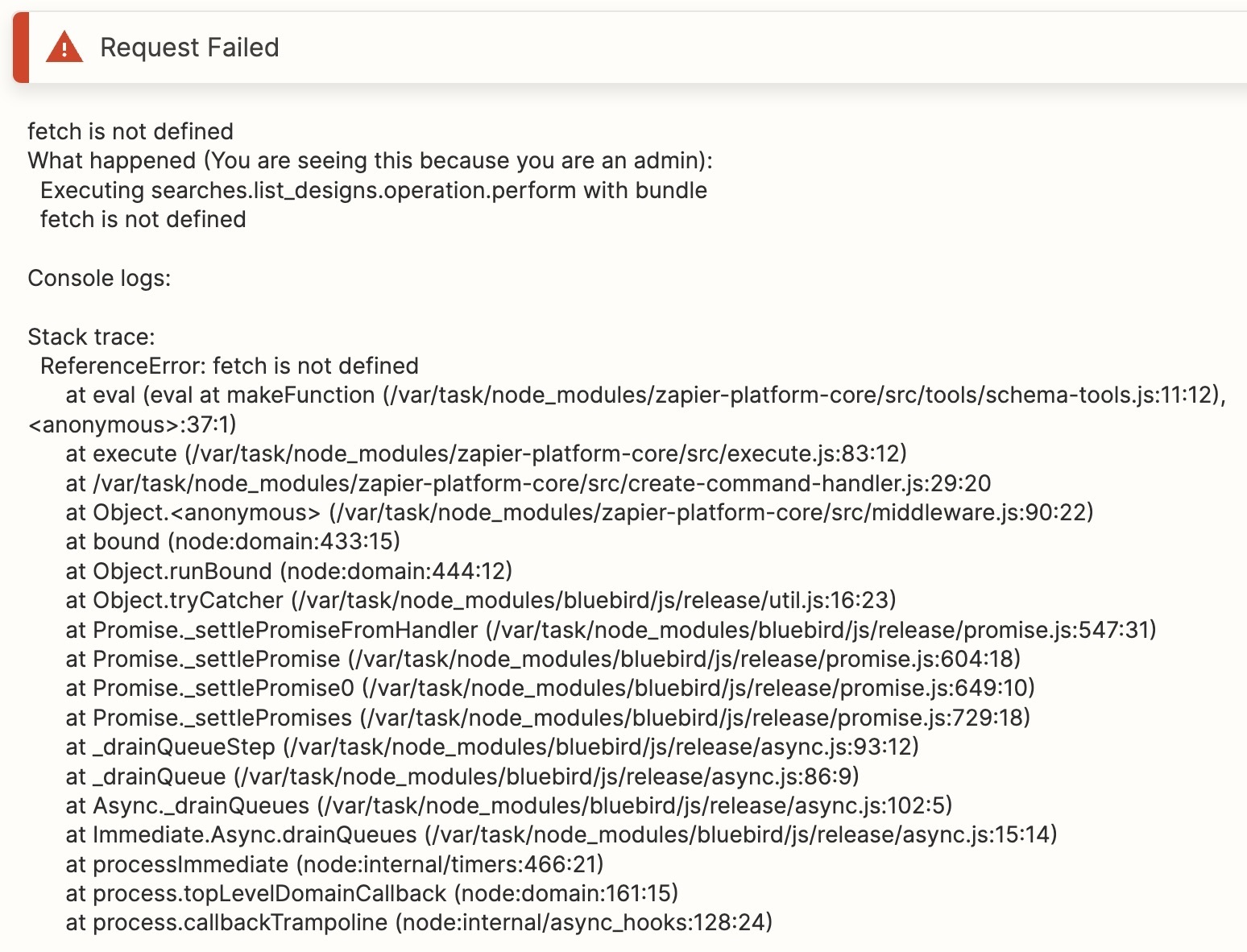

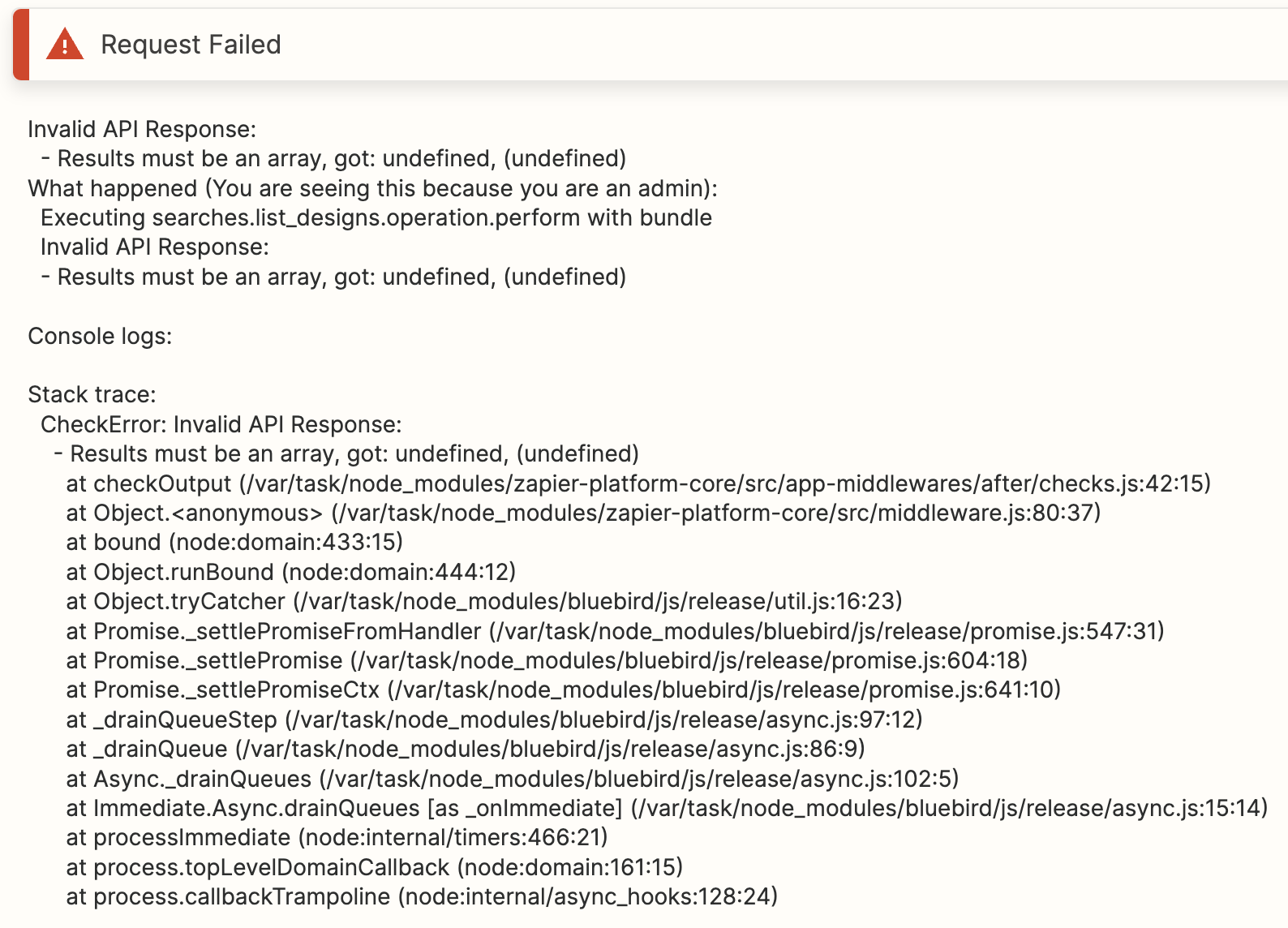

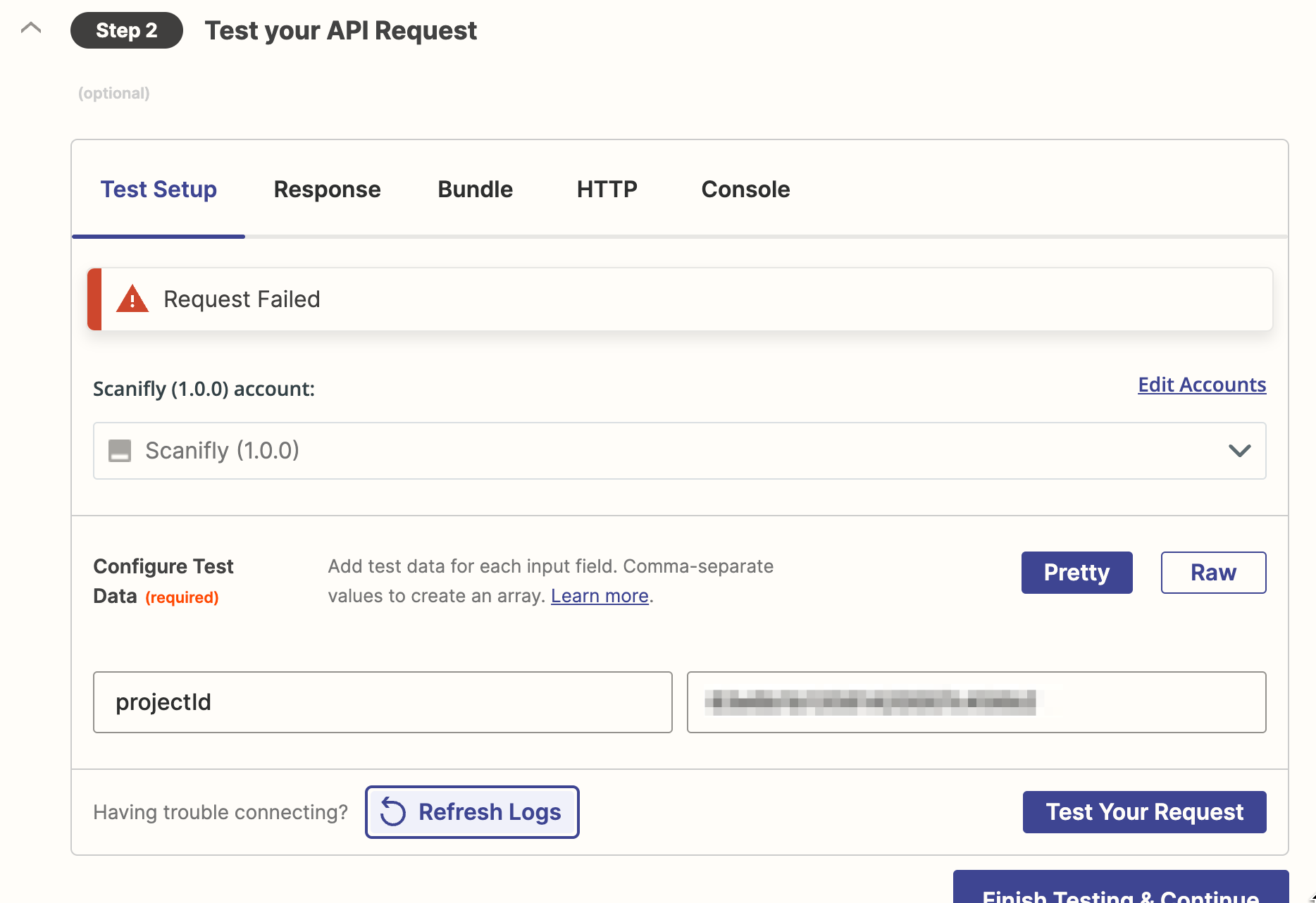

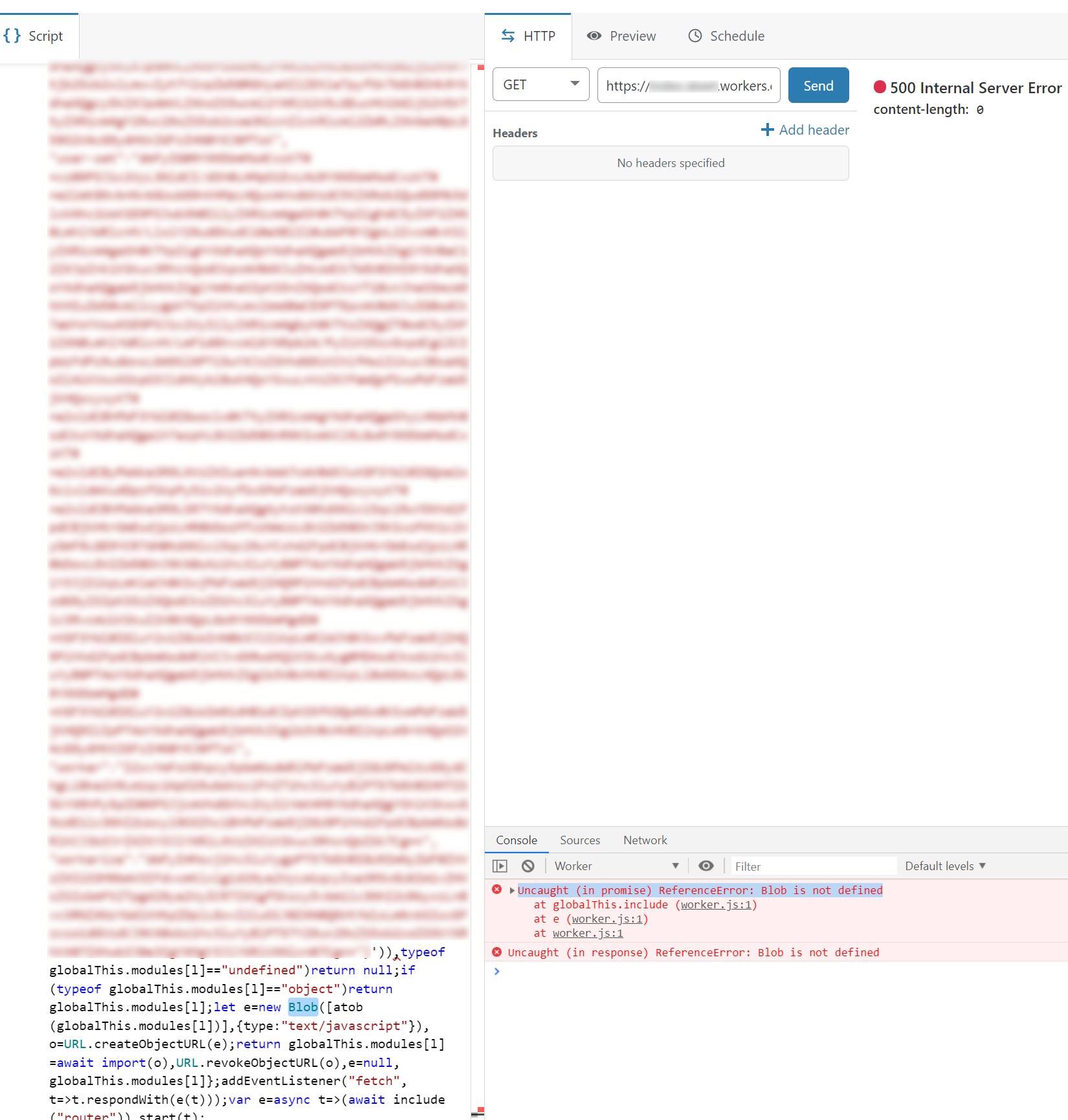




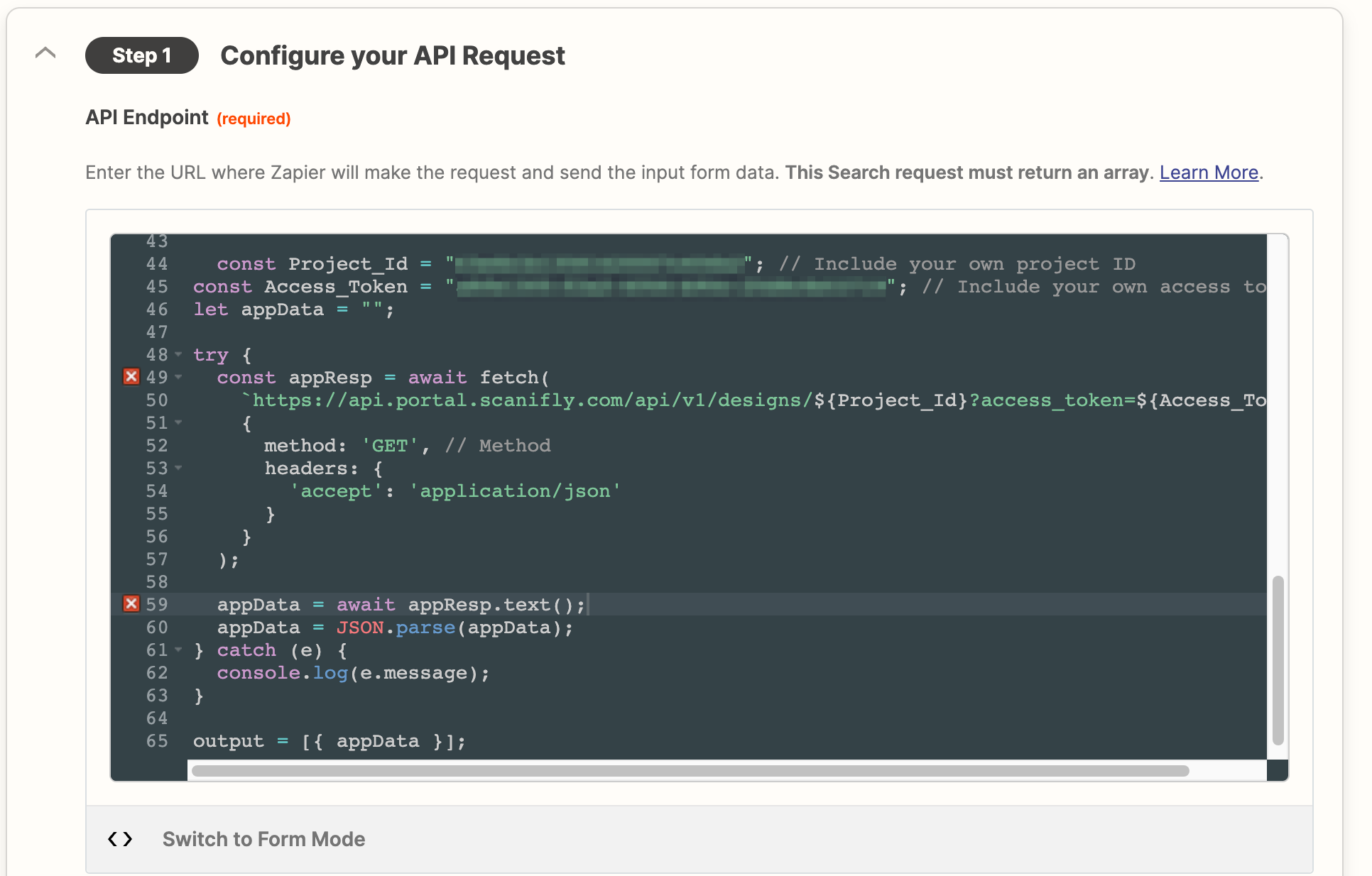
![Component View] ReferenceError: JsMediaSDK_Instance is not defined - Web - Zoom Developer Forum Component View] Referenceerror: Jsmediasdk_Instance Is Not Defined - Web - Zoom Developer Forum](https://global.discourse-cdn.com/business6/uploads/zoomdeveloper/original/3X/d/4/d4b8470e695d091296a523f3b244b9f9f352b974.png)
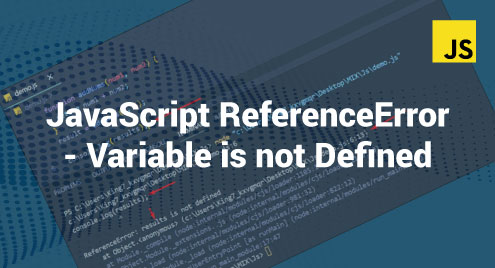












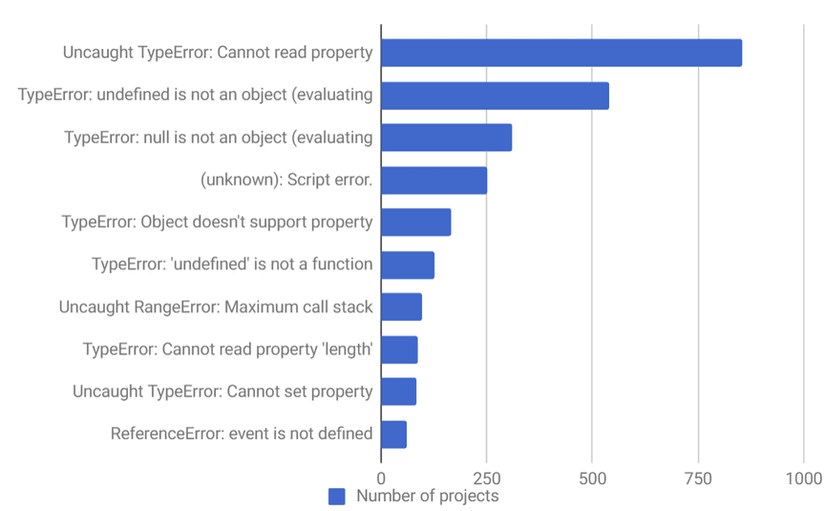

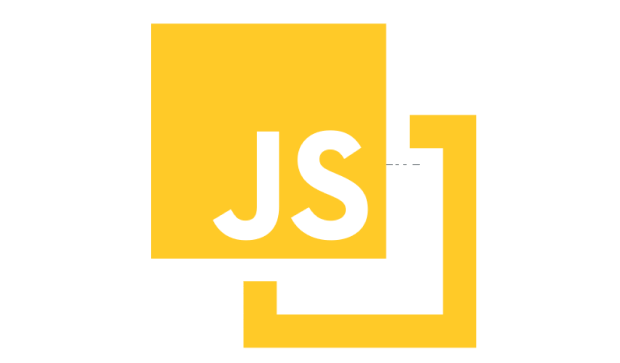

Article link: referenceerror: fetch is not defined.
Learn more about the topic referenceerror: fetch is not defined.
- ReferenceError: fetch is not defined – javascript – Stack Overflow
- ReferenceError: fetch is not defined in NodeJs – bobbyhadz
- How to fix ‘ReferenceError: fetch is not defined’ in Node.js
- ReferenceError: fetch is not defined – Zapier Community
- JavaScript fetch ReferenceError: fetch is not defined
- NodeJs: ReferenceError: fetch is not defined – Brian Cline
- add fetch-node: fetch is not defined · Issue #4624 – GitHub
See more: https://nhanvietluanvan.com/luat-hoc